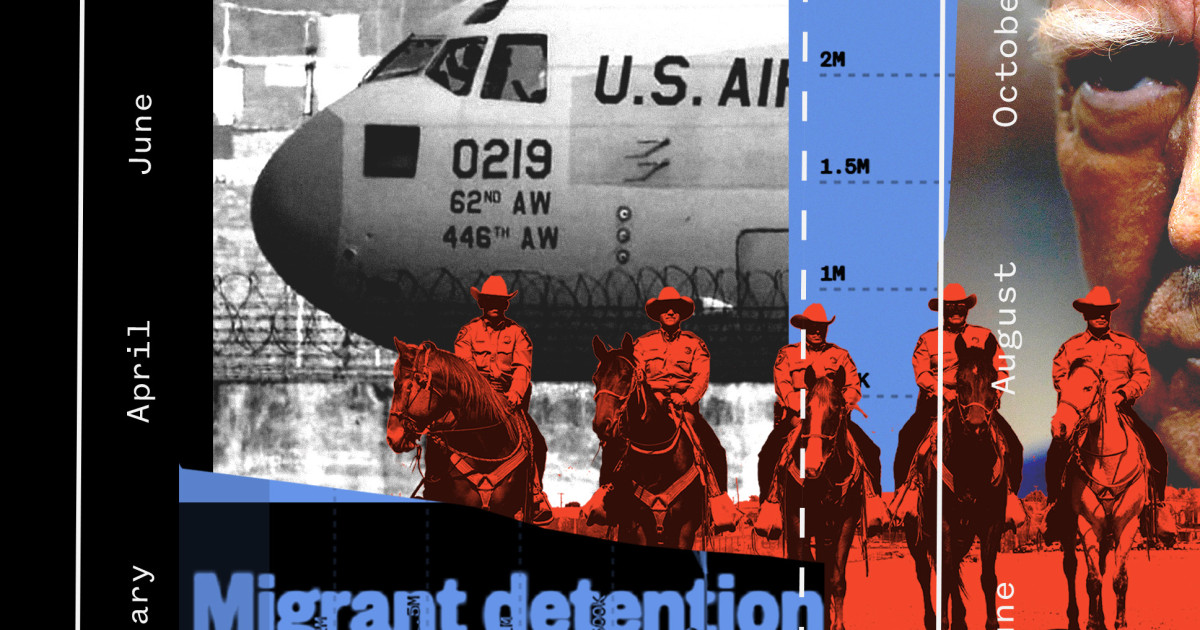The Complex Landscape of Immigration Enforcement Under the Trump Administration
The immigration policies under the Trump administration have sparked heated debates and widespread discussion, particularly surrounding the enforcement activities of Immigration and Customs Enforcement (ICE). While there was a firm promise of mass deportations during his campaign, the reality surrounding deportation statistics presents a more nuanced picture.
Recent Deportation Figures
Reports indicate that ICE has been less transparent with its deportation numbers than might be expected. In February alone, the agency deported approximately 11,000 migrants, and in the first four weeks of March, that number slightly increased to over 12,300. However, how these figures relate to broader immigration trends remains a topic of debate. The promised wave of mass deportations has not manifested in these reported totals, prompting questions about the effectiveness of the administration’s strategies.
The Focus on Criminal Offenses
One of the key talking points from Trump administration officials has been the emphasis on prioritizing the deportation of individuals with criminal histories. This objective aligns with a narrative promoting public safety through the removal of convicted criminals from the country. However, ICE data complicates this narrative significantly. In February, it was revealed that around half of those deported had no criminal records at all. Furthermore, over half of the individuals currently detained by ICE face no criminal charges or convictions. This stark contradiction raises concerns about the criteria used for deportation and the potential impacts on families and communities that include many law-abiding individuals.
The Profile of Detained Individuals
Digging deeper into the numbers, ICE has acknowledged that as of July, it had identified around 435,000 undocumented immigrants with criminal convictions who were not in custody. The precise fate of these individuals, particularly regarding whether they’ve been arrested or deported, remains largely unclear. This ambiguity suggests a gap between policy intentions and actual enforcement outcomes, reflecting an intricate and sometimes contradictory approach to immigration control.
Declining Unauthorized Crossings
While the focus on deportations continues, other data points present a contrasting narrative. Customs and Border Protection (CBP) has reported a significant decline in unauthorized crossings at the southern border. This drop could hint at shifting dynamics in immigration flows, influenced by a variety of factors, including changing economic conditions in home countries, heightened enforcement measures, and evolving perceptions of the safety of attempting to cross the border.
The Challenges of Navigating Immigration Policy
The evolution of immigration enforcement under the Trump administration illustrates the intricate balance between policy promises and real-world implementation. With the statistics showing a mix of deportation outcomes and the evolving dynamics at the southern border, it becomes vital for policymakers and communities to scrutinize the implications of these actions. The conversation surrounding immigration is an ongoing one, filled with moral, ethical, and logistical challenges that continue to affect millions of individuals and families across the United States.


